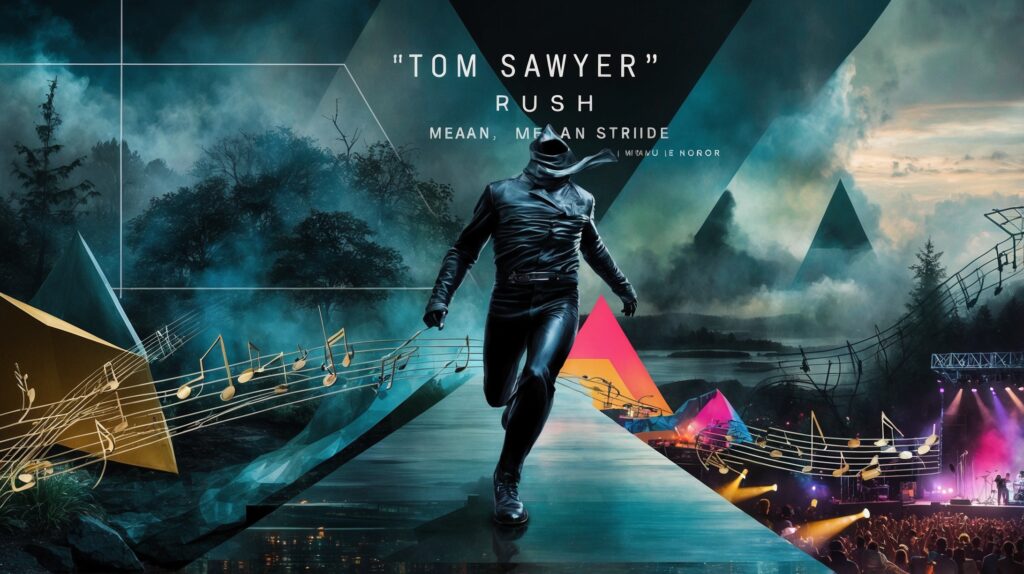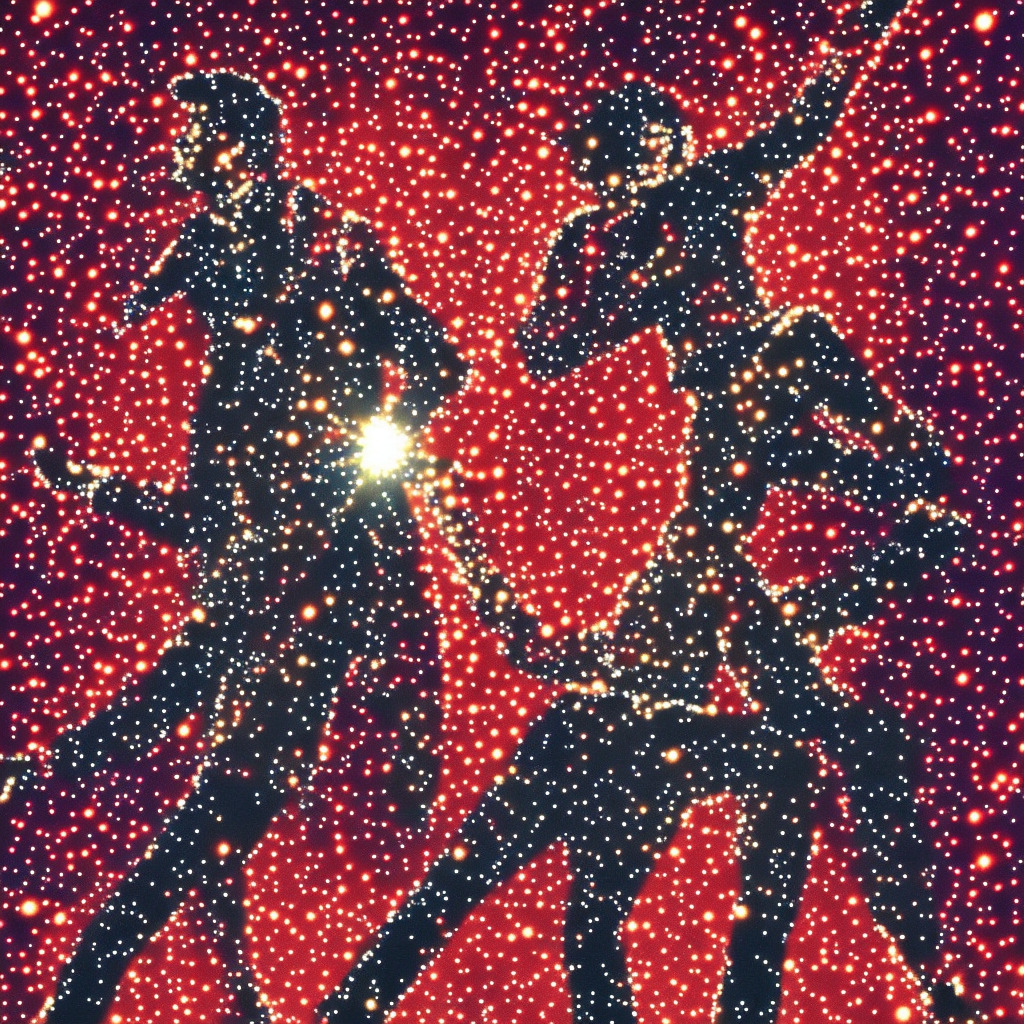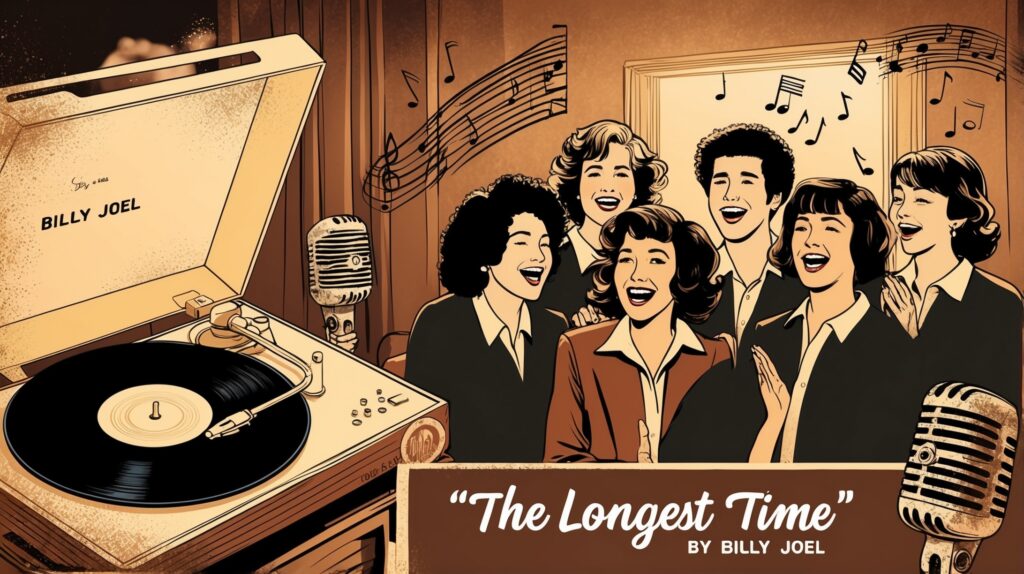Exploring the Sonic Universe of Rush
Rush, renowned for their intricate compositions and introspective lyrics, marked a defining moment in their career with the release of “Tom Sawyer.” This song encapsulates the band’s unique storytelling ability and musical innovation, showcasing their rise to prominence in the progressive rock scene.

Canadian rock band Rush, known for their complex compositions and thought-provoking lyrics, made a significant impact on the rock music landscape. Among their esteemed discography, “Tom Sawyer” stands as a cornerstone, embodying the band’s innovative spirit and musical prowess. Released in 1981 as part of their album Moving Pictures, this song showcases Rush’s unique ability to blend storytelling with intricate musical arrangements.
The roots of Rush can be traced back to 1968 when the band was formed in Toronto. Originally consisting of guitarist Alex Lifeson, bassist and vocalist Geddy Lee, and drummer John Rutsey, the band would later become complete with the addition of drummer and lyricist Neil Peart in 1974. Peart’s arrival marked a turning point, bringing not only unparalleled percussive skills but also intellectual and philosophical depth to their lyrics, which became a defining feature of their music.
By the time “Tom Sawyer” was released, Rush had already made a name for themselves as a formidable force in the progressive rock scene. The late 1970s saw the band experimenting with new sounds and themes, culminating in a style that was at once introspective and expansive. Their success can be attributed to their fearless approach to music-making, defying conventional norms, and pushing boundaries. Their ability to collaborate and feed off each other’s creative energies was evident, particularly in this era of their career.
Exploring the Maestro Behind ‘Tom Sawyer’: Neil Peart’s Compositional Genius
Explore Neil Peart’s multifaceted role in composing ‘Tom Sawyer,’ highlighting his unique style, influences, and the integral part he played in shaping this iconic track.
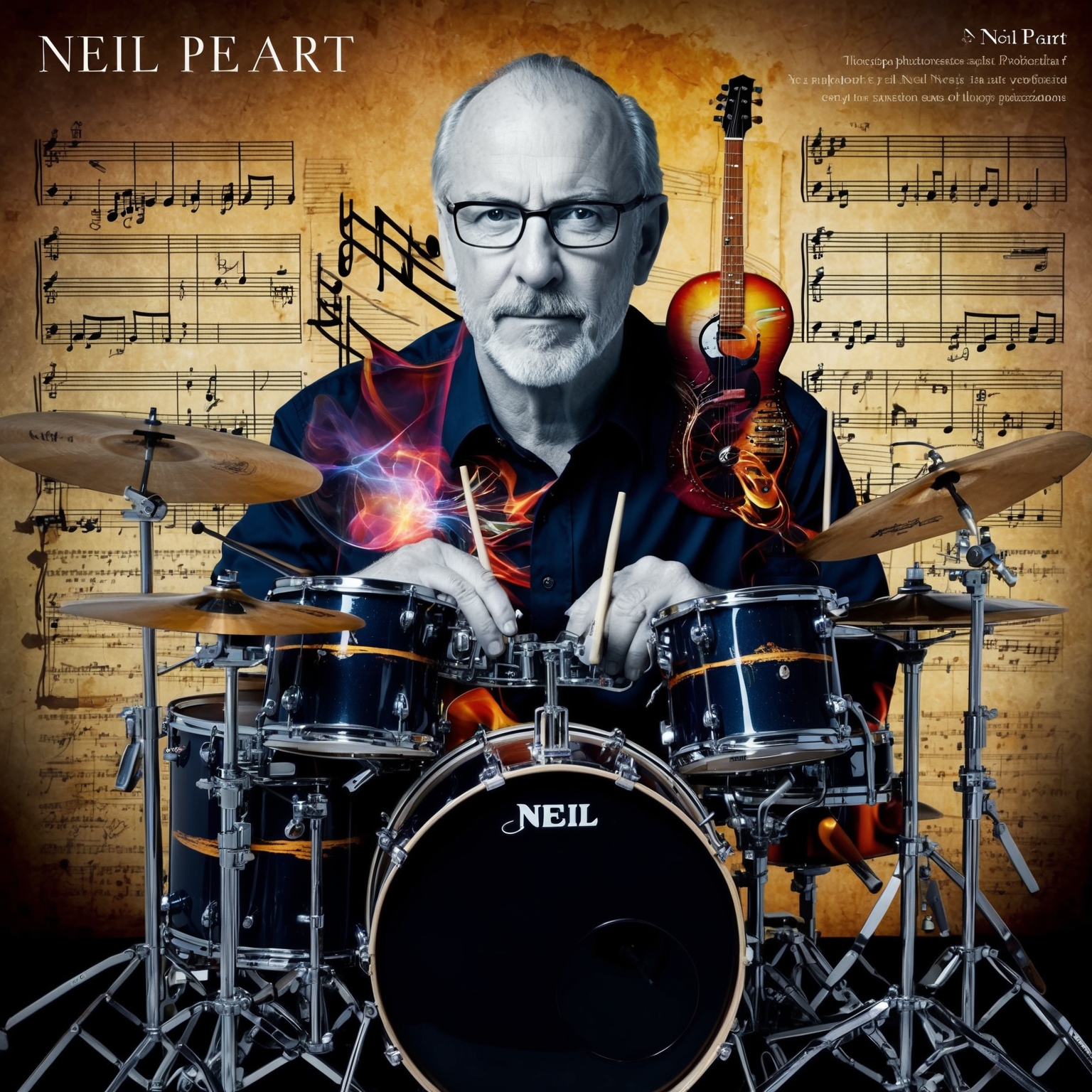
Background and Career
Neil Peart, the musical genius behind the iconic composition of ‘Tom Sawyer,’ was more than just the drummer for Rush; he was a paragon of lyrical and compositional prowess. Born in Canada in 1952, Peart showed an early inclination towards music, inspired initially by the jazz records and the progressive rock sounds of the late 1960s and 70s. Peart joined Rush in 1974, marking the beginning of a dynamicevolutionary phase for the band. His adoption of intricate drumming techniques and complex compositions began to shape Rush’s signature sound. A self-taught musician, Peart’s career is marked by numerous accolades, including induction into the Modern Drummer Hall of Fame.
Musical Style and Influences
Peart’s compositional style is characterized by a blend of complexity and accessibility. Influenced by writers such as Ayn Rand, and philosophers like Friedrich Nietzsche, his lyrics often explore themes of individualism and existentialism. Musically, Peart drew from genres like progressive rock, jazz, and classical music, crafting compositions that were both intricate and defiant of mainstream norms. His work with Rush reflected these eclectic tastes, resulting in a soundscape that was elaborate, technically challenging, yet deeply engaging.
Role in the Song’s Creation
In collaborating with fellow band members Geddy Lee and Alex Lifeson on ‘Tom Sawyer,’ Peart crafted a composition that demonstrated his musical and lyrical depth. His role in the song’s creation was pivotal, contributing not just the lyrics, but also influencing the arrangement and structure. The song’s dynamic shifts, rhythmic complexity, and thought-provoking lyrics bear his unmistakable signature. Peart’s unique compositional techniques, like his use of polyrhythms and odd time signatures, played a critical role in defining the song’s exceptional soundscape, showcasing his profound impact on the track’s success.
Celebrating the Impact: Awards and Tributes
Explore the enduring legacy of Rush’s “Tom Sawyer,” a song that has garnered cultural fame through halls of fame, numerous covers, and appearances in popular media.
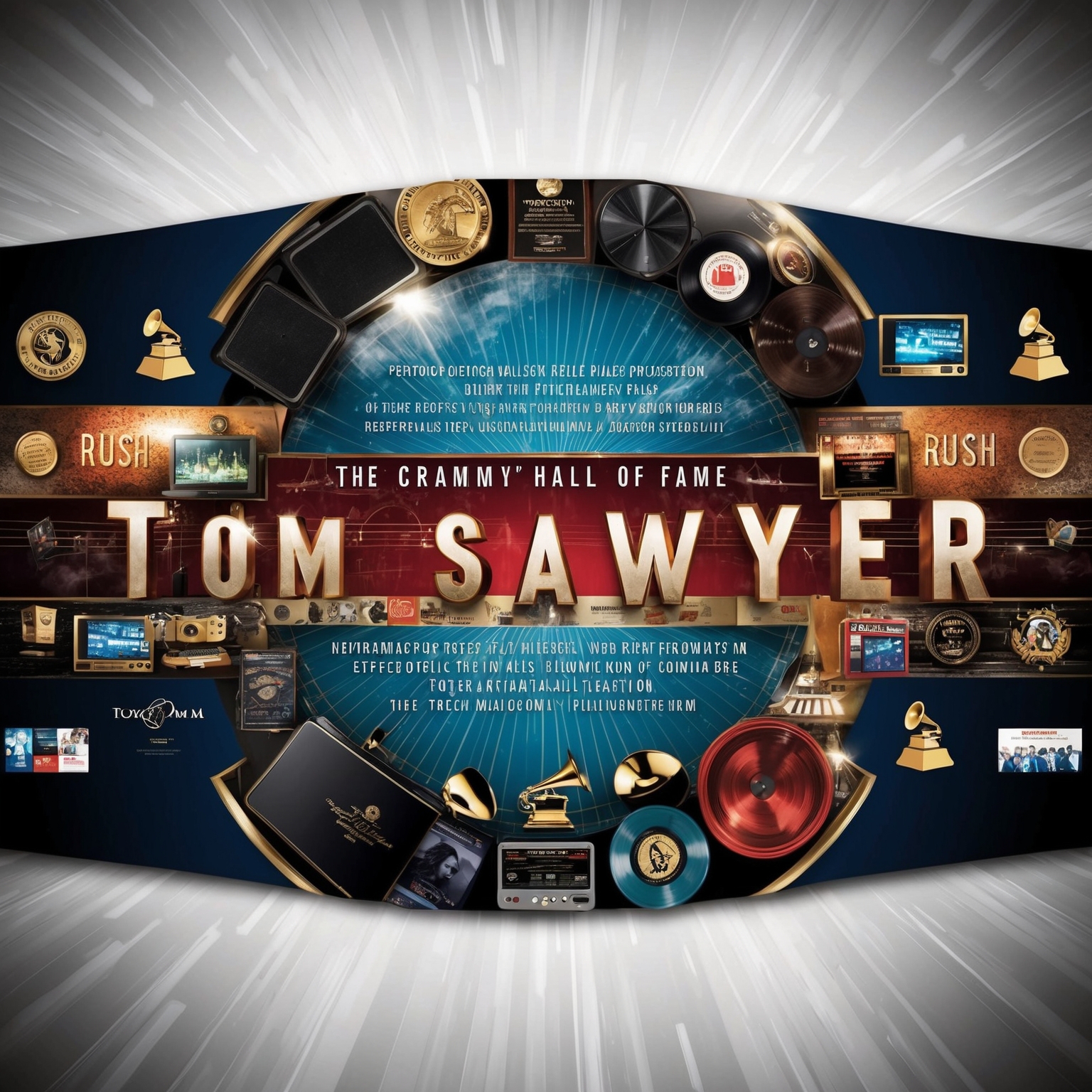
“Tom Sawyer” by Rush has truly transcended its era, cementing its place as an iconic rock classic. Although the track itself hasn’t received any significant awards, its influence in the rock genre and its recognition by various institutions and artists underscore its cultural significance. In 2009, the song was inducted into the Canadian Songwriters Hall of Fame, a testament to its enduring legacy and the prowess of its creators. Additionally, “Tom Sawyer” frequently appears in lists of ‘Greatest Songs of All Time,’ hailed for its musicianship, innovation, and lasting impact.
Cherry on top of its success story is the number of artists who have covered this legendary track. Notable among them is the collaboration between Dave Grohl and Taylor Hawkins, members of the Foo Fighters, who joined forces with Nick Raskulinecz to pay homage to the Canadian legends. With every cover, the song’s reach extends, drawing in a new generation of fans who appreciate the intricate blend of rebellious lyrics and progressive rock beats.
Moreover, “Tom Sawyer” has found a foothold in popular culture through numerous appearances in various media. From the world of video games like ‘Guitar Hero’ and ‘Rock Band’—where it challenges players with its complex rhythms—to TV shows like ‘Chuck’ and ‘Freaks and Geeks,’ the song continues to permeate diverse cultural platforms. Its prominent use in the movie ‘I Love You, Man’ further propelled its popularity, introducing the song to audiences beyond the traditional rock demographic.
The Chart Journey of ‘Tom Sawyer’
Tom Sawyer’ by Rush marked its place in the music charts with its distinctive progressive rock sound, peaking at No. 44 on the Billboard Hot 100. The track’s enduring appeal showcases its blend of musical complexity and lyrical depth, influencing both public reception and future generations of artists.
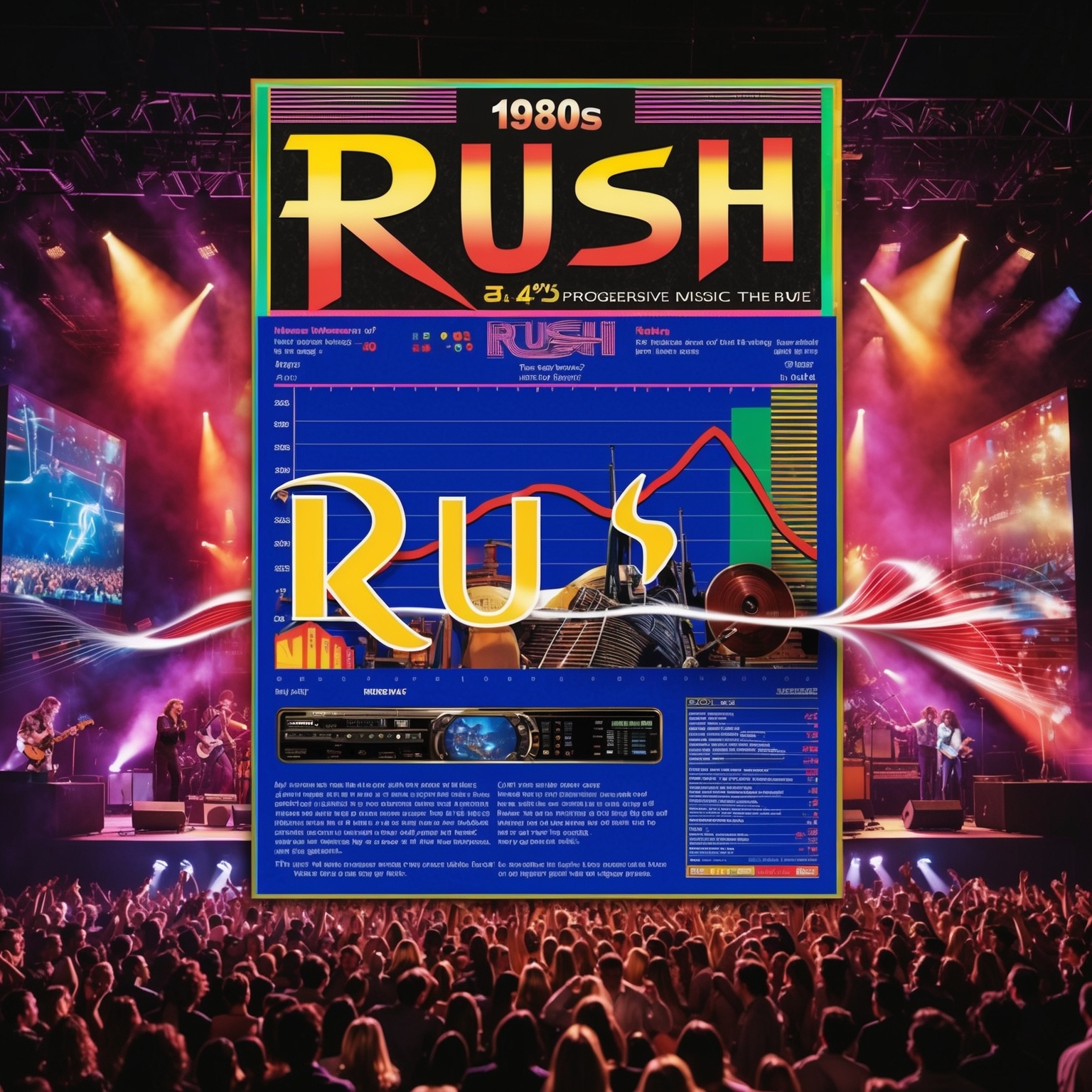
Rush’s iconic song ‘Tom Sawyer’ was released on February 28, 1981, as a part of their eighth studio album, ‘Moving Pictures’. At a time when the music landscape was shifting with the advent of new wave and pop-driven sounds, ‘Tom Sawyer’ carved a niche for itself with its unique blend of progressive rock. Upon its release, the track quickly ascended the charts, debuting on the Billboard Hot 100 and eventually peaking at a respectable No. 44. Despite not clinching the top spots, its chart performance was steady, showcasing its strong and enduring appeal. This was an impressive feat for a band known for complex compositions and thematic depth.
In comparison to its contemporaries in the chart, ‘Tom Sawyer’ stood out with its innovative sound, characterized by Geddy Lee’s intricate bass lines, Alex Lifeson’s eclectic guitar riffs, and Neil Peart’s lyrical prowess and drumming genius. At a time when many rock bands were leaning towards more radio-friendly hits, Rush defied the trend, opting for a progressive rock path that celebrated musical complexity. While it may not have outperformed pop hits of the era, it certainly outshined its competitors in terms of musical ingenuity and lasting impact.
‘Tom Sawyer’ was neither a breakthrough hit nor a follow-up to previous successes, but rather a defining moment in Rush’s career. It became the band’s signature song, representing their musical ethos and pushing the boundaries of what could be achieved in rock music. The track’s success further solidified Rush’s status in the rock world and paved the way for future album innovations. The band utilized classic promotion strategies, including live performances, which highlighted the song’s powerful and dynamic nature, and although no viral campaigns were prevalent in those pre-social media days, the grassroots spread of its popularity was remarkable.
The song received acclaimed critical reception and has remained a staple in the rock genre. While it didn’t win major awards at the time, its long-term influence has been undeniable, often cited by critics as one of Rush’s quintessential tracks. Fans have cherished ‘Tom Sawyer’ for its philosophical lyrics and dynamic soundscape, leading to its continued celebration on streaming platforms decades later. The song’s legacy is evident in its influence on artists across various genres who have cited Rush as an inspiration, particularly for their bold embrace of complex musicianship.
Exploring the Visual Landscape of ‘Tom Sawyer’
Explore the visual interpretations of Rush’s ‘Tom Sawyer’, from live performances to creative fan-made videos, highlighting its ongoing cultural impact.

While Rush’s ‘Tom Sawyer’ didn’t initially have an official music video when it was released in 1981, the song’s explosive energy and complex themes have inspired numerous visual interpretations over the years. The absence of an official music video gave fans and artists alike the opportunity to creatively explore the song’s narrative and themes through various visual mediums. From live concert recordings to fan-made tribute videos, each interpretation captures a unique essence of this iconic track.
Live performances of ‘Tom Sawyer’ play a significant role in its visual legacy. Rush, known for their dynamic concerts, often uses elaborate light shows and intricate stage backdrops to bring their music to life. These live renditions highlight the song’s tempo changes and emotional intensity, thus giving audiences a spectacle that complements the aural experience. Concert footage often reveals how deftly the band intertwines musicianship with stage presence, creating an unforgettable experience for fans.
Aside from live versions, fan-made videos allow for a more personal expression of ‘Tom Sawyer’. Some creators focus on the song’s adventurous spirit by incorporating visuals of nature and epic journeys, tying back to the song’s thematic allusions to Mark Twain’s adventurous character. Others may delve into more abstract interpretations, leaning on the song’s progressive rock complexity to craft unique animations or narrative-driven visuals. These community-driven projects emphasize the deep connection audiences have with the song, enhancing its cultural footprint and keeping its legacy alive in the digital age.
The Intricate Mechanics of ‘Tom Sawyer’
Tom Sawyer’ showcases Rush’s musical prowess with its intricate structure in E minor, complex rhythms, and instrumental innovation, marking a pivotal point in their discography.

The song ‘Tom Sawyer’ by Rush is a masterpiece of intricate musical structure and technical brilliance. It is predominantly composed in the key of E minor, providing a moody and reflective tonal foundation that complements its lyrical themes. The song kicks off with a distinctive synth riff played on a Moog Taurus, setting the tone before seamlessly transitioning into a heavy rock sound that Rush is known for. The main chord progression revolves around a series of power chords with an occasional use of Dorian mode, creating a dynamic and engaging musical landscape.
At a tempo of approximately 88 beats per minute, ‘Tom Sawyer’ strikes a balance between a driving rock momentum and the introspective nature of its lyrics. The rhythm section, anchored by Neil Peart’s iconic drumming, offers complex patterns that are both technically demanding and sonically captivating, pushing the boundaries of conventional rock rhythms. Geddy Lee’s bass complements this with melodic runs that enrich the harmonic depth of the track while remaining synchronized with Peart’s percussive flair.
The role of each instrument is uniquely significant to the track’s identity. Alex Lifeson’s guitar work is characterized by both crunchy power chords and lyrical solo phrases, seamlessly weaving through the song’s layers. The synthesized sounds provide an atmospheric backdrop, contributing to the song’s futuristic feel that resonates with its lyrical reflection on modernity and individualism. By comparing ‘Tom Sawyer’ to earlier works like ‘Fly By Night’ and later albums such as ‘Moving Pictures,’ listeners can identify a shift towards more complex musical arrangements and a thematic profundity that mark this song as a pivotal point in Rush’s evolutionary journey.
An interesting point to note about the production of ‘Tom Sawyer’ is its recording at Le Studio in Morin-Heights, Quebec, a place dubbed the ‘Abbey Road of Canada’. Under the guidance of producer Terry Brown, known for his work with Rush, the band meticulously crafted the song to achieve a balance between technical proficiency and emotional resonance. Anecdotes from the recording sessions often highlight the band’s dedication to innovation, with exhaustive takes to perfect the intricate details that define the track.
Deconstructing the Modern Warrior: The Lyrical Depth of ‘Tom Sawyer’
The lyrics of ‘Tom Sawyer’ by Rush encapsulate themes of individuality and societal observation, offering a narrative that defies conventional storytelling through its use of vivid metaphors, complex character portrayal, and cultural resonance.
Mean, mean stride
Today’s Tom Sawyer
Mean, mean pride
Though his mind is not for rent
Don’t put him down as arrogant
His reserve, a quiet defense
Riding out the day’s events
The river
What you say about his company
Is what you say about society
Catch the mist, catch the myth
Catch the mystery, catch the drift
…
******* This Lyrics is NOT for Commercial use *******
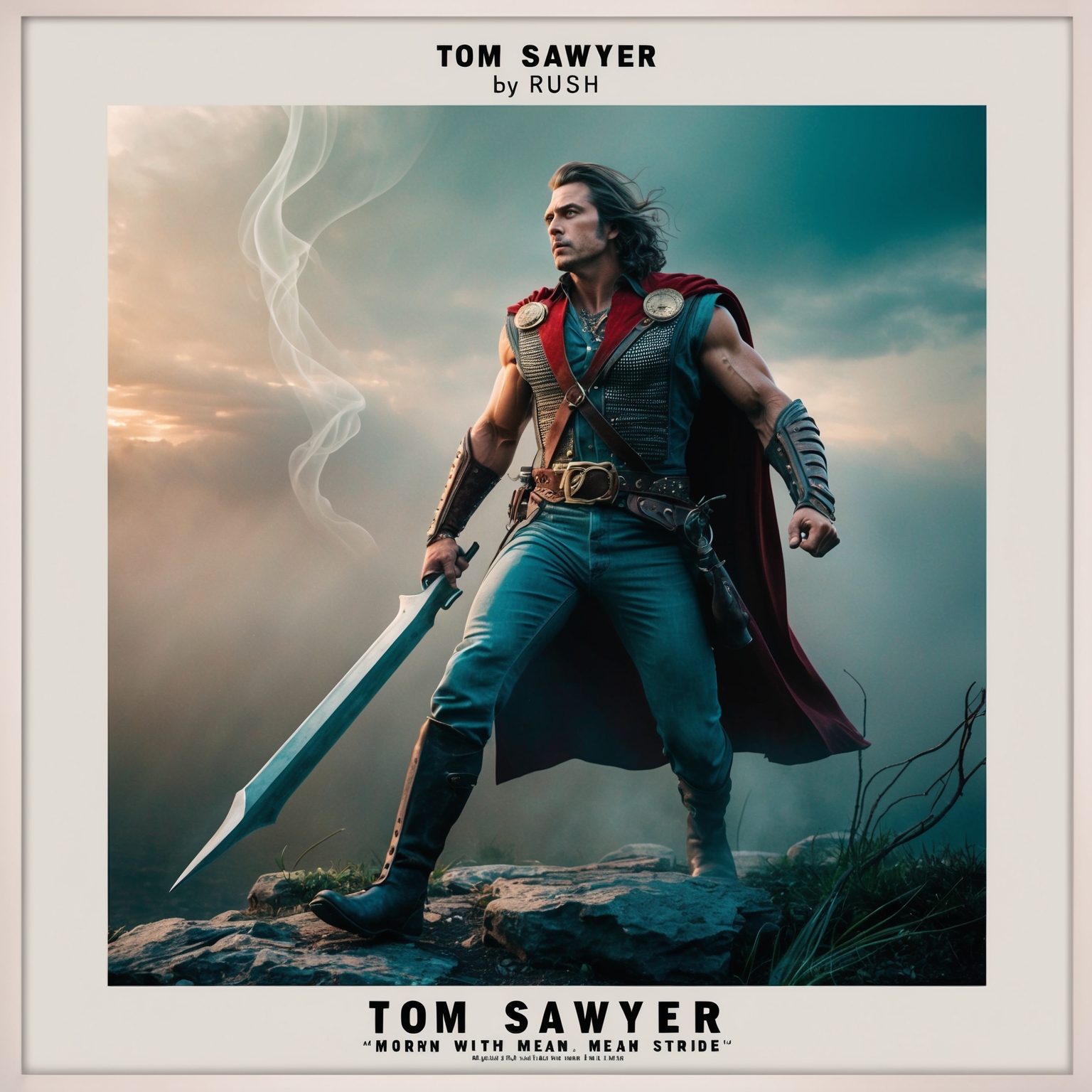 Exploring Lyrical Themes and Messages: The lyrics of ‘Tom Sawyer’ by Rush are rich with themes of individuality and social observation. At its core, the song paints the picture of a modern-day rebel, a ‘mean, mean stride’ possessing warrior who defies societal expectations. This figure, reminiscent of Mark Twain’s adventurous character, Tom Sawyer, is not bound by conventional norms or opinions. The line ‘Though his mind is not for rent, don’t put him down as arrogant’ suggests a profound independence and a resistance to societal conformity that resonates with the era of its release in the early 1980s, a period of significant cultural and political shifts.
Exploring Lyrical Themes and Messages: The lyrics of ‘Tom Sawyer’ by Rush are rich with themes of individuality and social observation. At its core, the song paints the picture of a modern-day rebel, a ‘mean, mean stride’ possessing warrior who defies societal expectations. This figure, reminiscent of Mark Twain’s adventurous character, Tom Sawyer, is not bound by conventional norms or opinions. The line ‘Though his mind is not for rent, don’t put him down as arrogant’ suggests a profound independence and a resistance to societal conformity that resonates with the era of its release in the early 1980s, a period of significant cultural and political shifts.
Narrative Style and Storytelling: The narrative style of ‘Tom Sawyer’ is intriguing, using a blend of third-person observation and enigmatic prose. There’s no straightforward story, but rather an exploration of the character’s ethos and worldview. Lines like ‘Catch the mist, catch the myth, catch the mystery, catch the drift’ evoke a sense of elusive complexity. This abstract storytelling invites listeners to interpret the character’s essence differently, enhancing the song’s impact as each audience member may draw a unique interpretation.
Use of Literary Devices: Rush employs a myriad of literary devices that enrich the lyrical quality of ‘Tom Sawyer.’ Metaphors and symbolism abound, encapsulating the titular character’s resistance to societal pressures and his enigmatic nature. The lyrics display a musicality in their alliteration and rhythmic flow, like ‘mean, mean pride,’ which encapsulates the character’s duality of external perception versus internal reality. Such literary craftsmanship elevates the lyrics, allowing them to not only tell a story but to evoke emotion and reflection.
Comparative Analysis and Cultural Resonance: Compared to other Rush songs, ‘Tom Sawyer’ stands out with its unique blending of rock and philosophical introspection. It resonates culturally as an anthem for those who identify with its themes of non-conformity and inner resolve. With its references to societal commentary—’What you say about his company is what you say about society’—it encourages listeners to reflect on their own societal positions. This cultural commentary remains relevant, allowing the song to resonate across generations.
Emotional Impact and Relatability: The emotional relatability of ‘Tom Sawyer’ lies in its universal appeal to individuality. Whether you’re a rebellious youth or someone who’s ever felt the pressure to conform, the song’s message of owning one’s identity and path is powerful. Its clever use of wordplay and vivid imagery strengthens this connection, creating a timeless piece that encourages audiences to break free from societal constraints.
Did you know? 🎶 Tom Sawyer by Rush features a Minimoog synthesizer riff, giving it that iconic sound! Rock out and explore! #Rush #TomSawyer #ProgRockLegends 🌟 https://bit.ly/3zQDcxR
Click to Tweet

